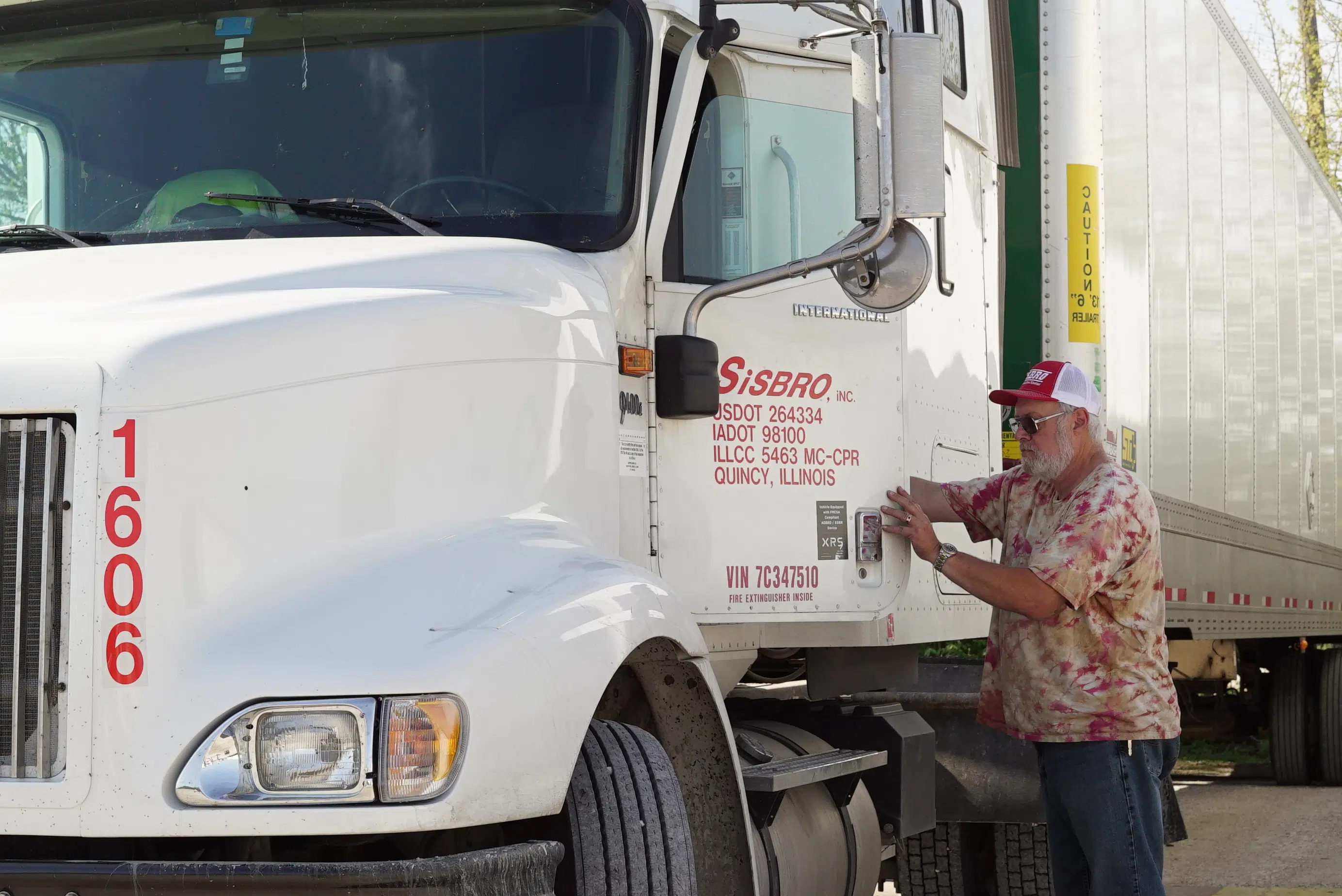Safety tips for truck drivers

Across the country, goods are being delivered by truck as truck driving is one of the most important jobs for our economy. Unfortunately, it’s also one of the most dangerous jobs. In 2017, 4,889 large trucks and buses were involved in fatal crashes, a 9-percent increase from 2016, according to the National Highway and Traffic Safety Administration. Truck driving comes with the heavy responsibility of safety for yourself, your cargo, and others on the road. Every great truck driver is going to try to prioritize safety. Here are ten essential safety tips for truck drivers.
Regulate your speed
It’s important to take speed limits into account. It’s also important to know when the speed limit is just too fast for your big rig. Corners, curves, and ramps need your extra care. Trucks can easily tip over if approaching these too fast. You also will want to take weather and traffic conditions into account for your speed. Know when to slow down, and when you can afford to speed up.
Defensive driving
Driving defensively means being constantly aware and vigilant for changing or unexpected road conditions. You have to take particular care for other drivers who don’t understand trucks and how they operate. Make sure you leave enough space ahead of you—about twice the distance of that the average motorist keeps. Braking distance is the time it takes for the truck to reach a stop once the brake has been applied. The average braking distance for a commercial truck is about 4 seconds. If you’re traveling 55 mph, that’s another 390 feet until you come to a complete stop.
Vehicle maintenance
Make sure you complete your pre-trip inspection. The tires and brakes are especially vital given how much weight is riding on them. Any abnormalities should be reported to dispatch right away. If you skip steps in your inspection, or gloss over them, you are compromising your safety and the safety of others on the road!
Weather conditions
Subscribe to weather alerts, so that you’re aware of the weather conditions before departing on a trip. Winter weather is especially dangerous as it causes roughly 25% of all speeding-related truck driving accidents. You should be cutting your speed in half for snowy or icy roads. Allow more time for everything in winter weather—signal longer before turning, double your following space, and change speed more carefully. If you see other truckers pulling over, consider doing the same.
Work zones
Work zones will present many hazards for truck drivers, like lane shifts, sudden stops, uneven road surfaces, moving workers or equipment, and erratic behavior from other motorists. Keep an eye out for road workers and adjust accordingly. Along with obeying all work zone signs, you can also slow down, maintain extra following space, and be prepared to stop quickly.
Check out delivery spots on foot first
A truck can easily get trapped or unable to turn around into a tight or unmanageable delivery location, even if the shipper assures you that they have trucks there all the time. When delivering to a new customer, find a place to park safely, leave the rig secured, and check out the delivery spot on foot. Shippers may not be aware of all the hazards or obstacles that make it difficult to turn your rig around. A large fraction of accidents take place while backing up, so try to avoid that if possible.
Trip and route planning
If you plan your route ahead of time, you’ll be aware of road and weather conditions, detours, work zones, and other obstacles. Non-commercial GPS navigation systems and apps may not be the most complete or accurate guides for truckers. They also don’t provide warning of height and weight limitations. Invest in a GPS especially designed for truckers which shows vital info like which exits to take, distance before exit, when to change lanes, etc. Don’t rely on any one resource entirely and cross-reference your information. The Rand McNally Road Atlas is another invaluable tool for truck drivers.
Ditch the distractions
Good driving requires you to remain alert at all times and that means no distracted driving. Texting is the worst driving distraction as the odds of being involved in an accident are 23 times greater for truck drivers who are texting. Add to that list anything that will take the focus off the road such as eating, map reading, or interacting with a navigational device excessively. Make sure you are well rested and getting enough sleep to feel refreshed and alert behind the wheel. If you’re drowsy, pull over. These cautionary stories are drilled into truck drivers for good reason but are still worth repeating. If you need to attend to something other than driving, then get off the next exit. Remember that none of those distractions are worth risking your life over.
These safety tips are especially important to truck drivers. You’re driving a very large piece of machinery and Sisbro is behind your safety every step of the way! If you’re ready to drive where you matter, hit the Apply Now button at the top of the page and prepare to join us at Sisbro. Best wishes behind the wheel!

